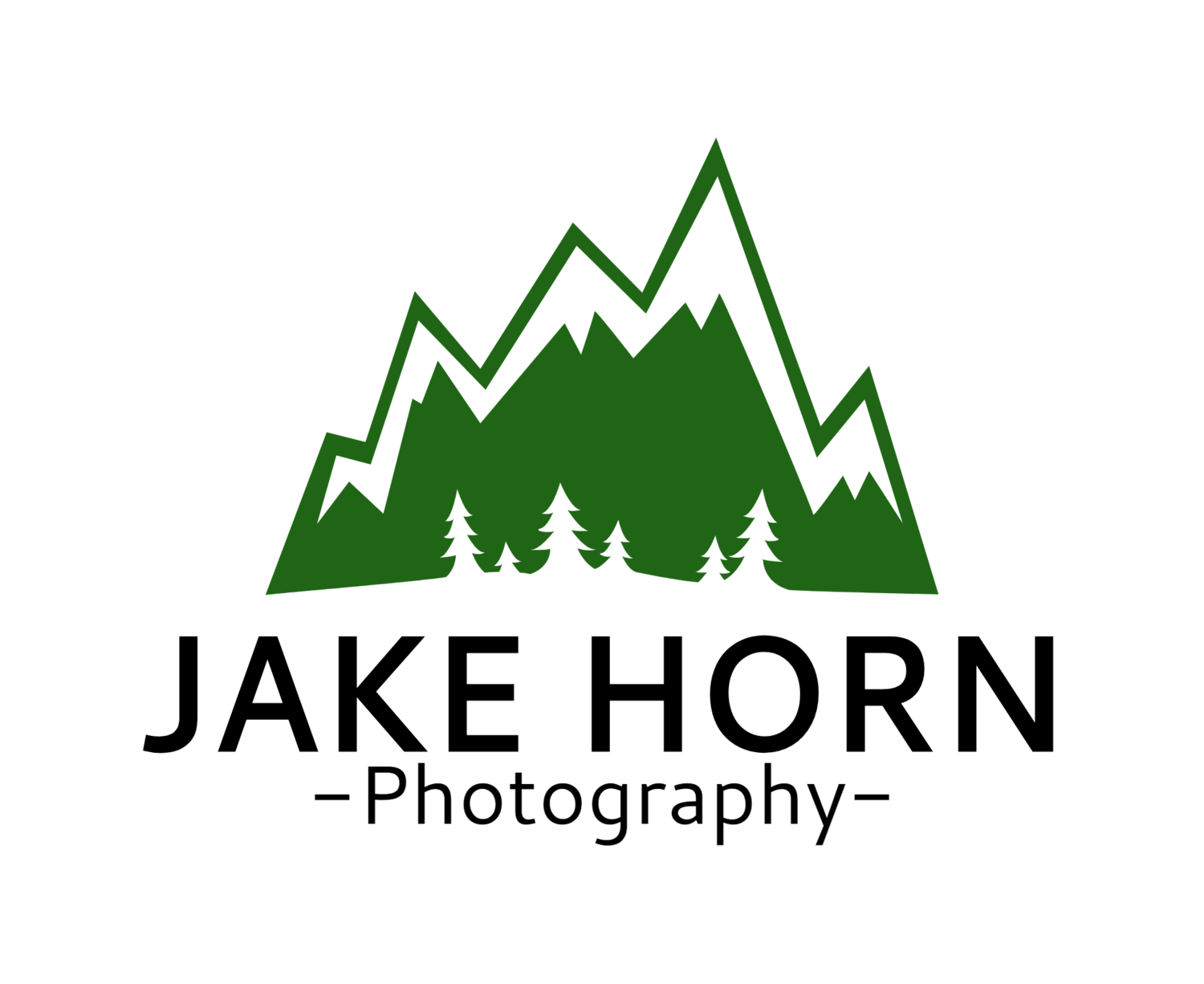Prior to shooting with Ektar, I used Fujifilm Provia 100F and Velvia 50/100 for my landscape needs. I shot slide film in 35mm and 120 formats. When I came home from my trip to Iceland, I had so many rolls of 120 Velvia to develop that the processing costs were very high. I noticed that C41 was much less expensive to buy and develop, so I decided to give negative film a try. Let’s take a look at the cost comparison.
FILM COST PER ROLL (35MM)
Using the current developing costs from my usual source, Ektar is only 58% the cost per frame as Velvia 50. In fact, you could get Ektar developed and scanned on CD for only a few cents more. This is quite a difference when you come home from a trip with 10+ rolls.
TOTAL COST PER FRAME (35MM)
I wanted fine grain and a vivid color pallet for those golden hours of shooting. Kodak Ektar is supposed to fill this void in color negative film, so here is my experience shooting it for the last two years.
For starters, this is an extremely versatile film. You will read a lot about how you should expose Ektar for the highlights, much like with slide film. In reality, this is a tad misleading because it does not give this emulsion enough credit for it’s exposure latitude. When deploying the proper filters and scanning techniques, you can get great performance in the highlights and shadows (see photo below).
Fotoman 69 | 47mm 5.6 Super Angulon XL | Ektar 100
I really think this film is the best of both worlds. You have the colors and contrast of slide film, with the forgiveness of negative film. The one draw back that I have experienced with Ektar is the teal hue that you get in the sky in certain light. I have found that a good warming polarizer helps to control this effect. The following two shots are what can be achieved with and without polarization.
The shot on the left is shot without a polarizer, and the shot to the right is with one. As you can see, knowing the times of day and how to properly filter can make a big difference in the sky.
The color pallet also varies dramatically depending on the light falling on your subject. The most dramatic differences can be found when compairing images taken in direct golden light and objects in shadows/overcast conditions.
Scene taken with the sun setting behind the ridge. Nikon F5 | 24mm 2.8D | No Filters
Taken with the sun rising behind the camera. Fotoman 69 | 47mm f5.6 Super-Angulon XL | No Filters
As you can see, this film can be very versatile as you learn to recognize the lighting conditions and use it to your advantage.
One last item to note is Ektar's ability to produce that slide film look. A little bit of underexposure can bring out some vibrant colors, with minimal addition to graininess during scanning. The shot below was underexposed 2/3 of a stop.
Underexposed 2/3 stop. Nikon F5 | 85mm 1.8D
BOTTOM LINE:
Get yourself some Ektar and start shooting it now. This is the jack of all trades in modern film. It has rich color, good exposure latitude, fine grain, scans easily, and doesn't break the bank. I will still use the different Portra's from time to time as conditions dictate, but Ektar is my go to film for the foreseeable future.







